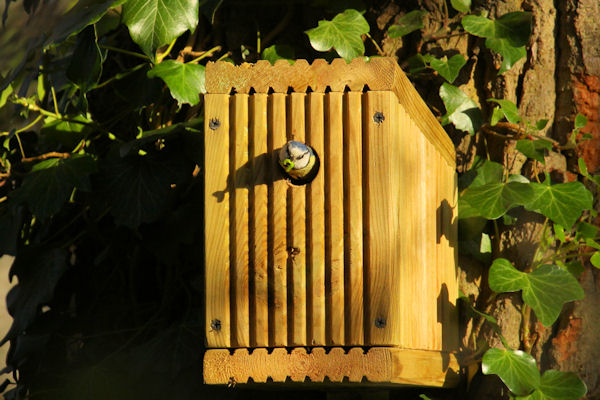August 2023 in Bicknor Wood
Summer and August in particular always appears to be a quiet time in the woodland. Many of the birds have finished their breeding efforts for the year and have no need to defend territory any more. Thus they have no cause to sing. Many of them simply communicate with pips and chips until next season. This young Chiffchaff was seen with a sibling as it waited for a parent to arrive with food.
Wrens, Robins, Blackbirds may still be trying to squeeze in another nestful, but competition is lower, so defensive singing is muted.
Insects are the high value order during the warmer months. It is unfortunate that the management company like to trim the meadows to the north quite so frequently and so vigorously. I recall a couple of years ago when their ministrations were less enthusiastic and the insect species were richer and more abundant. Some still remain, but I would maintain that the previous neglect made for a more diverse species list. Compare the undersides of the Common Blue Butterfly, below and the Holly Blue Butterfly, above.
Gatekeepers were seen in numbers far lower than in previous years, but then so was the yellow Common Ragwort, a very popular as a food plant for this species,
Common Darters were also seen in depleted numbers.












Comments
Post a Comment